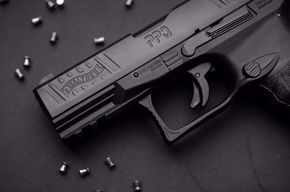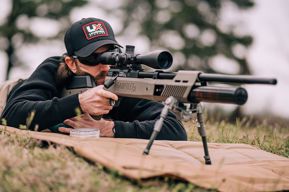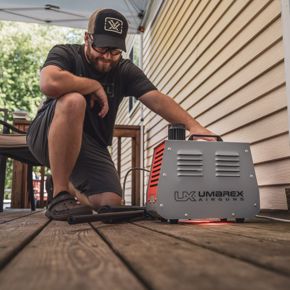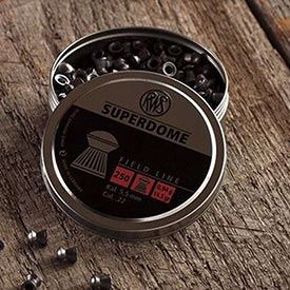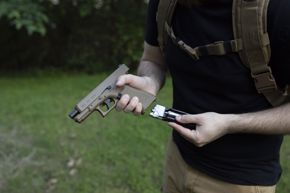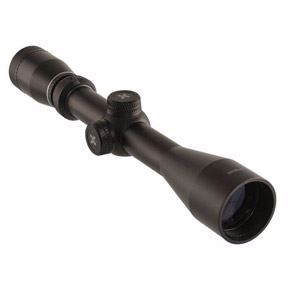Introduction: Why Leveling a Rifle Scope Matters
A properly leveled rifle scope is crucial for accuracy, especially for long-range shooting. Misaligned scopes can cause missed shots, incorrect adjustments, and inconsistent accuracy. While many shooters talk about "leveling" a scope, what they really need is a consistent reference point to ensure that their adjustments align correctly when aiming in the field.
In this guide, we’ll break down the right way to set up and level a rifle scope, avoid common mistakes, and optimize your rifle for precision shooting.
What Does "Leveling a Rifle Scope" Really Mean?
The term "leveling a rifle scope" can be misleading. Unlike a carpenter’s level, you’re not making the scope perfectly level to the earth—you’re aligning it to your rifle so that adjustments in elevation and windage translate correctly to bullet impact.
Key Concept: Reference Point Over True Leveling
Instead of making a scope perfectly level, you need to establish a consistent shooting reference where:
-
The vertical crosshair aligns with the true up-and-down axis of your rifle.
-
Adjustments move the bullet impact precisely left-right and up-down.
-
The reticle remains correctly aligned during all shooting conditions.
This prevents canting, where the rifle is tilted slightly, causing shots to land off-target.
Step-by-Step Guide to Leveling a Rifle Scope
Step 1: Mount the Rifle Securely
Before mounting the scope, place your rifle in a secure gun vise or on a stable shooting rest. This ensures consistency throughout the setup process.
Step 2: Use a Bubble Level to Align the Rifle
Since the rifle is the foundation for the scope, make sure it’s level first:
-
Place a bubble level on the action or flat part of the receiver.
-
Adjust the rifle until the bubble is centered.
-
Double-check stability before proceeding.
Step 3: Roughly Align the Scope
-
Place the scope in the rings and lightly tighten it so it can still be adjusted.
-
Look through the scope and adjust until the reticle appears naturally upright.
-
Ensure the eye relief (distance from your eye to the scope) is comfortable.
Step 4: Fine-Tune Reticle Alignment
-
Use a plumb line or a vertical reference in your environment (a door frame works well).
-
Align the vertical reticle of the scope with this reference.
-
Once aligned, tighten the scope ring screws gradually and evenly.
Step 5: Verify & Adjust in the Field
-
At the range, use a target with gridlines to check scope alignment.
-
Take a few shots at different distances and ensure bullet impact follows expected adjustments.
-
If needed, make minor corrections to alignment.
Common Mistakes When Leveling a Scope
1. Using an Unstable Shooting Surface
If your rifle moves during the process, all leveling efforts will be in vain. Use a stable rest or vise.
2. Ignoring Rifle Cant
Even if your scope is "level," if your rifle is canted during shooting, your adjustments will still be off. Consider adding a bubble level to your rifle setup.
3. Over-Tightening the Rings Too Soon
Tighten the scope gradually in a cross-pattern to prevent shifting or distortion.
4. Forgetting to Check Eye Relief
Before finalizing the mount, ensure you have a clear sight picture and proper eye relief to avoid scope shadow.
Choosing the Right Scope for Your Rifle
Not all scopes are created equal, and choosing the right one depends on your shooting needs.
Best Scope Magnifications by Use Case
|
Scope Type |
Best Use Case |
|
3-9x40 |
General hunting, all-around use |
|
4-16x50 |
Long-range hunting & target shooting |
|
6-24x56 |
Precision shooting & extreme range |
|
Fixed 4x or 6x |
Lightweight hunting, quick target acquisition |
Parallax & Magnification Considerations
Many new shooters experience issues with a blurry reticle or parallax shift. Key tips include:
-
Adjusting the parallax knob to match shooting distance.
-
Setting magnification appropriately—higher isn’t always better.
-
Ensuring the reticle is sharp before focusing on the target.
FAQs About Leveling Rifle Scopes
What happens if my scope isn’t level?
If your scope is misaligned, your adjustments will cause inconsistent bullet impact, especially at long ranges.
Do I need a professional to mount my scope?
No, with the right tools and patience, you can do it yourself. However, a gunsmith can ensure optimal setup.
Can I level my scope just by eyeballing it?
While some experienced shooters can do this, using a bubble level and reference line ensures greater accuracy.
Should I use a scope with an illuminated reticle for better alignment?
Illuminated reticles help in low light but don’t affect leveling. Prioritize clarity and stability over illumination.
Conclusion: The Key to Long-Range Precision
Leveling a rifle scope correctly is one of the most overlooked but critical aspects of accurate shooting. By ensuring proper scope alignment, consistent rifle positioning, and understanding parallax and magnification settings, you can maximize your shooting precision.
Key Takeaways:
✅ Leveling a scope is about creating a repeatable reference point, not making it perfectly level to the earth.
✅ Properly aligning the reticle prevents canting and inaccurate bullet impacts.
✅ Using a bubble level and reference points improves consistency.
✅ Choosing the right scope and setting proper parallax improves clarity and shot placement.
For the best airgun scopes, rifle accessories, and expert advice, explore our latest gear at UmarexUSA.com!
Watch the Full Roundtable Discussion Here!

